In 1997, Blur, one of Britpop’s giants, released its biggest single, “Song 2”. The irony being that it sounded like an American record. Oasis continued with Britpop on Be Here Now, the same year, and it marked an end to the Gallagher brothers’ first chapter and cultural dominance.
Videos by American Songwriter
Also in ’97, The Verve emerged from a breakup and released “Bitter Sweet Symphony”, which bridges Britpop and its post form. But the bands inspired by and following the U.K.’s biggest rock movement turned the volume way down. In its wake were soft rockers, acoustic ballads, and the next U2.
Coldplay
I was in England when Coldplay released its debut album, Parachutes. The arrival of a soft rock band resembling scruffy college students hooked on The Bends and “Wonderwall” wasn’t uncommon. What was uncommon was the immediately timeless songwriting: “Yellow”, “Sparks”, “Shiver”, and “Trouble”. Coldplay emerged in a sea of one-name British bands continuing Britpop’s anthems while abandoning its bombast and swagger. But Coldplay eventually reached U2-level stadium heights.
While touring in support of A Rush Of Blood To The Head, Coldplay still had so much to prove, still resembled a band, and the shaved heads, black suit jackets, and white trainers were yet another anti-rock statement. Few write anthems without choruses, but “Clocks” is exactly that. Emotion is the hook, a key component of soft rock and Chris Martin’s songwriting. Coldplay is now a pop institution, but its humble roots were always the attraction.
Travis
Travis never reached Coldplay’s commercial heights, but Fran Healy remains one of this scene’s best songwriters. Nigel Godrich produced The Man Who, a gorgeous album without a weak moment. Godrich saved the band from the clichéd pitfalls of similar groups, employing subtle dashes of Radiohead-ish textures beneath Healy’s folk tunes. “Writing To Reach You” displays the anxiety behind Healy’s writing. A heartbreaking ode from someone desperate for connection. Then “Driftwood”, “Turn”, and “Why Does It Always Rain On Me” helped launch the album to No. 1 in the U.K.
Healy’s songs are supported by the Motown grooves of bassist Dougie Payne and drummer Neil Primose. Meanwhile, guitarist Andy Dunlop adds hard edges to Healy’s tender approach. Think of The Connells singing “’74–’75” against the noisier elements of Britpop. The Invisible Band arrived next with even more hits: “Sing”, “Side”, and “Flowers In The Window”.
Snow Patrol
On Snow Patrol’s third album, Final Straw, the Northern Irish and Scottish group wanted to make a big record. The band’s indie rock sound became more polished under the guidance of producer Jacknife Lee, yielding a colossal anthem called “Run”. Think of “Run” as Snow Patrol’s “Yellow”. Like Chris Martin’s voice, singer Gary Lightbody’s heartfelt inflections seem built for emotional soft rock.
Snow Patrol found its biggest success with “Chasing Cars”, the 2006 hit single from the band’s next album, Eyes Open. This became something of a blueprint for tracks aimed at the music supervisors scoring Grey’s Anatomy.
Keane
If Keane gives you Coldplay vibes, it’s not a coincidence. Tim Rice-Oxley was nearly the keyboardist in Coldplay but turned down Chris Martin’s offer so he could focus on his own band. Can you imagine a scenario where Keane doesn’t take off and Rice-Oxley has to spend the rest of his life watching Coldplay sell out stadiums? But Keane did take off, and they didn’t need guitars to do so.
The band’s biggest hits are driven by Rice-Oxley’s keys and the earnest vocals of cherub-faced singer Tom Chaplin. And Keane has more hits than you may realize: “Somewhere Only We Know”, “Everybody’s Changing”, and “Is It Any Wonder” to name a few.
Photo by Gie Knaeps/Getty Images

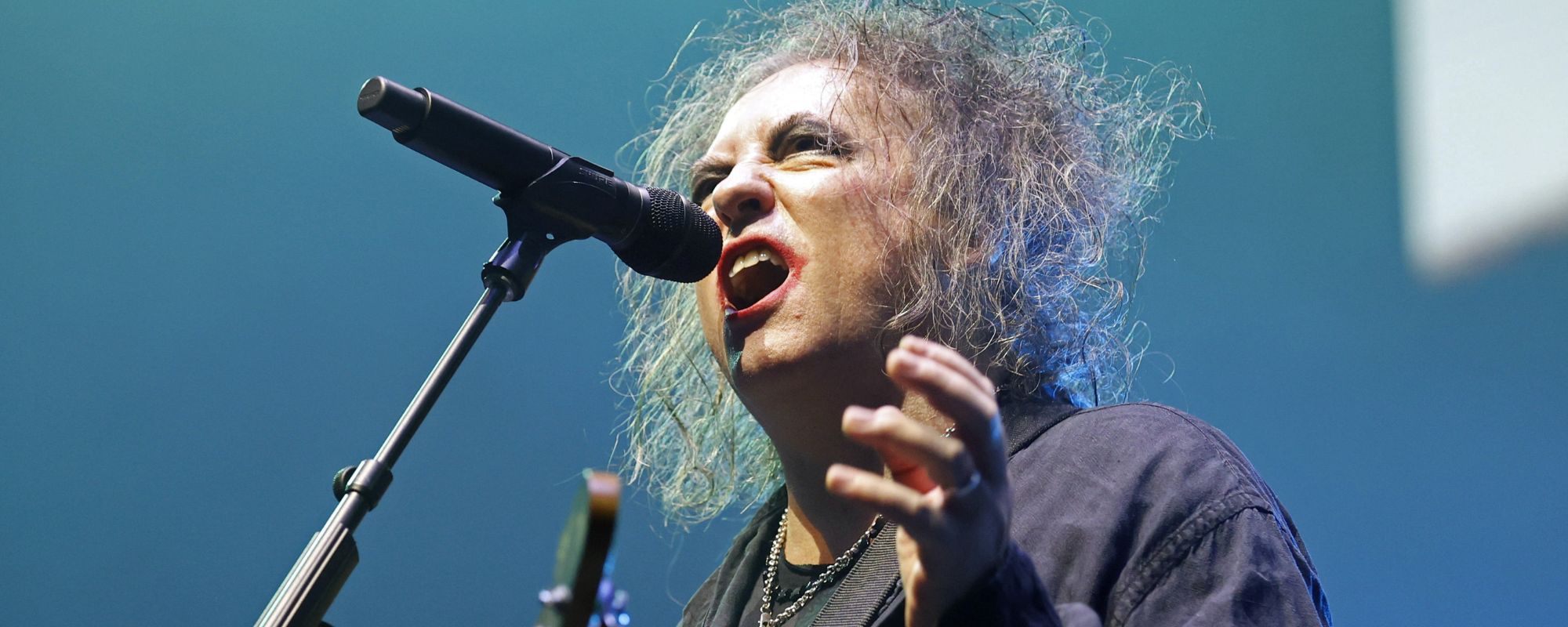
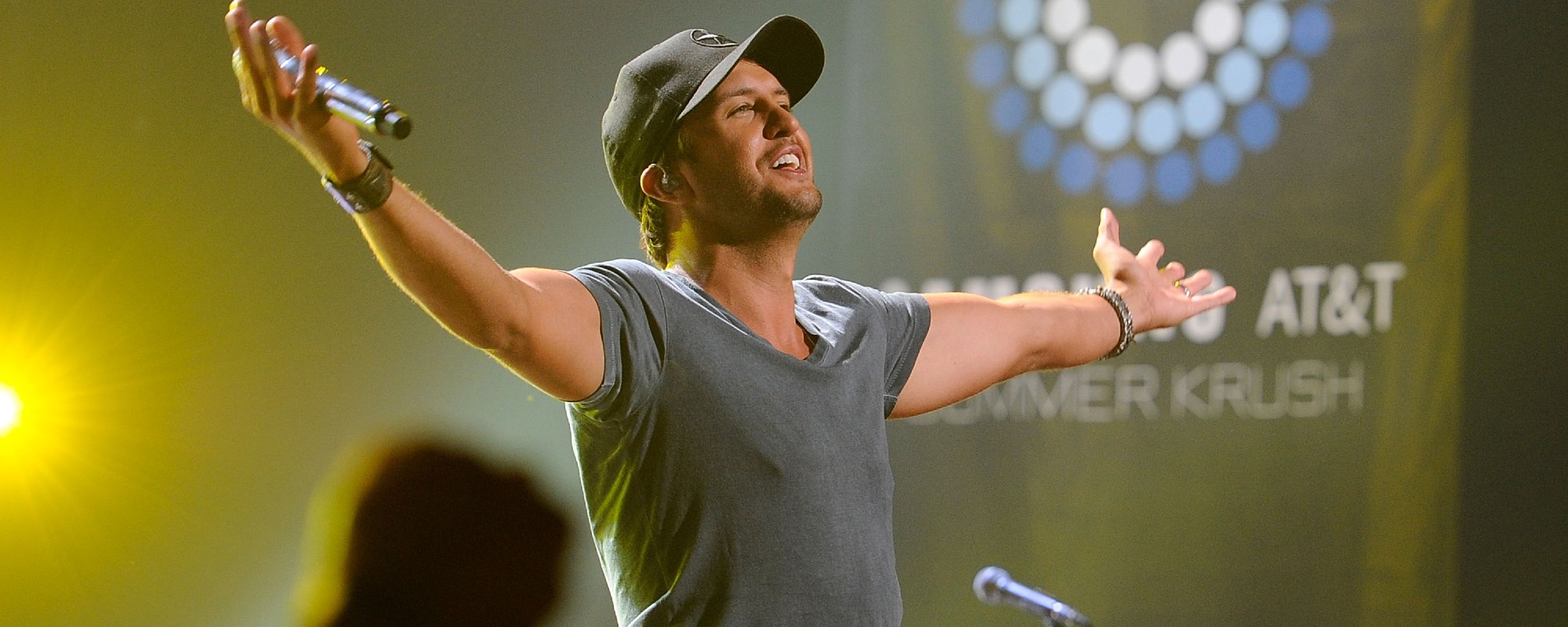

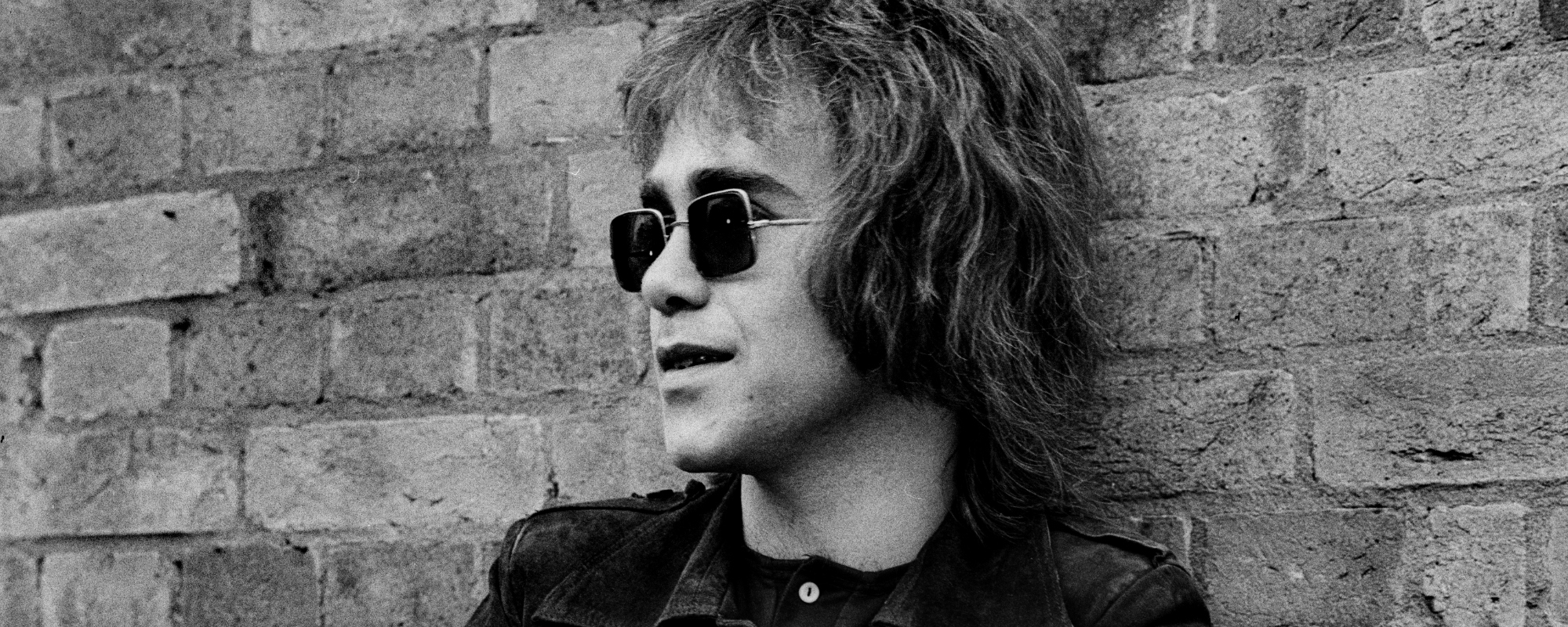
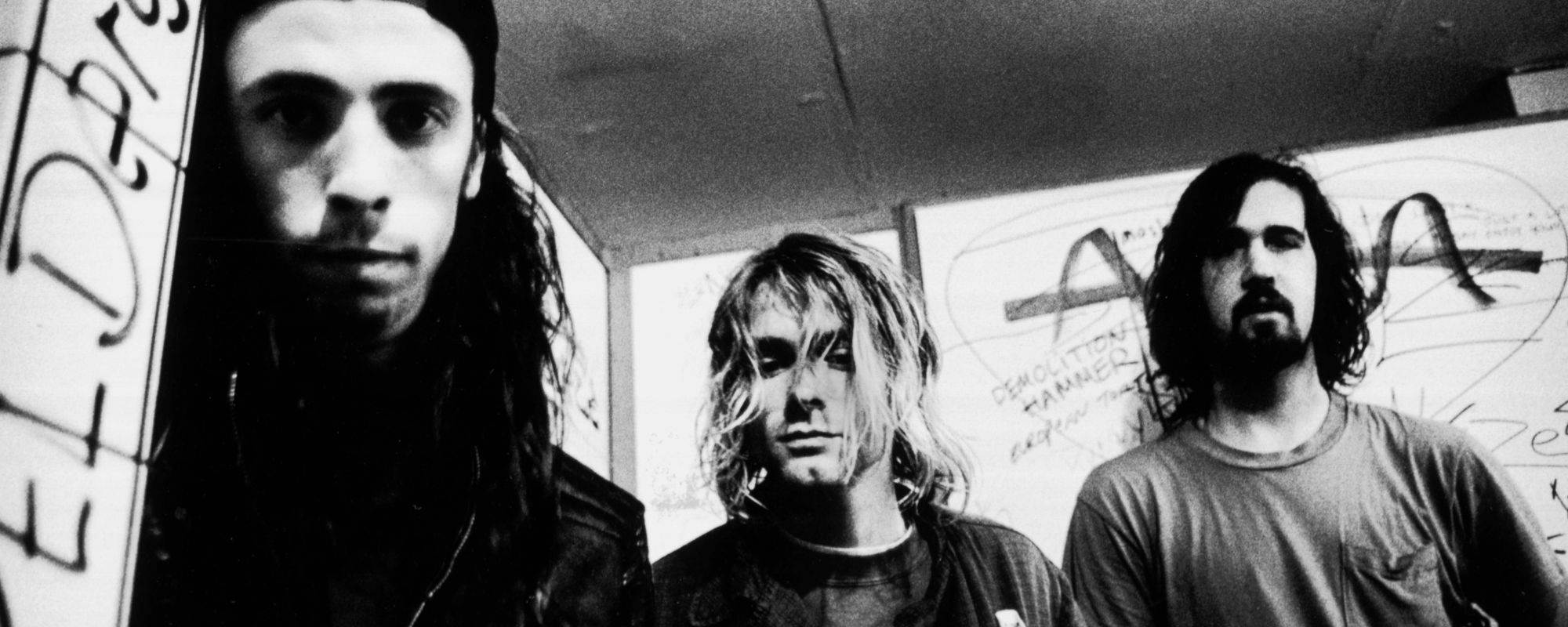


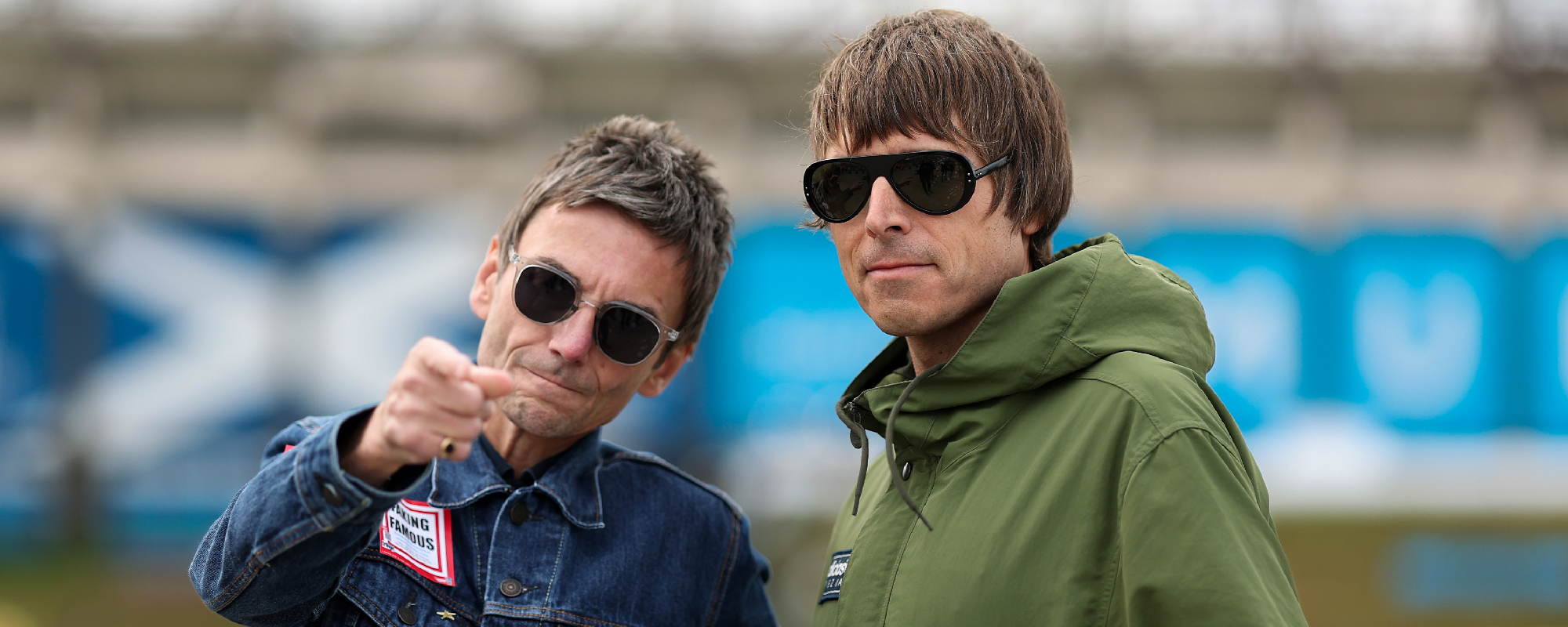
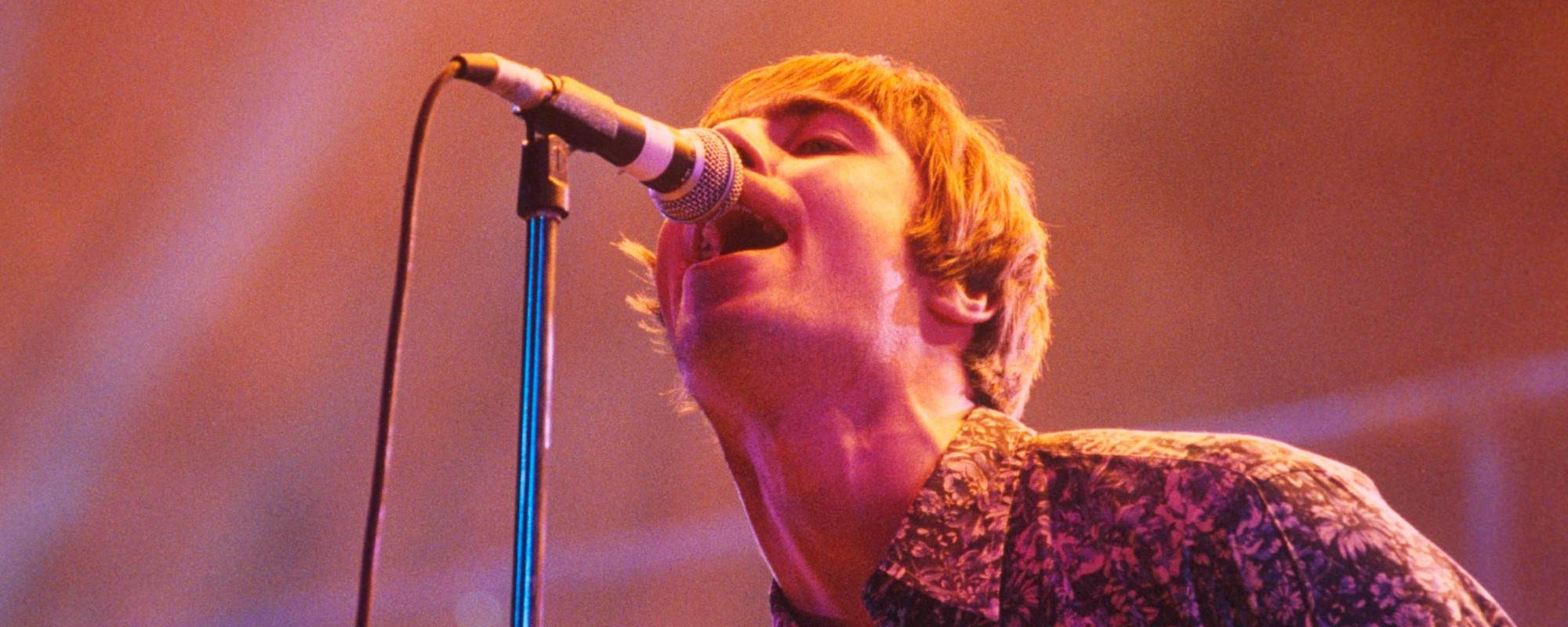
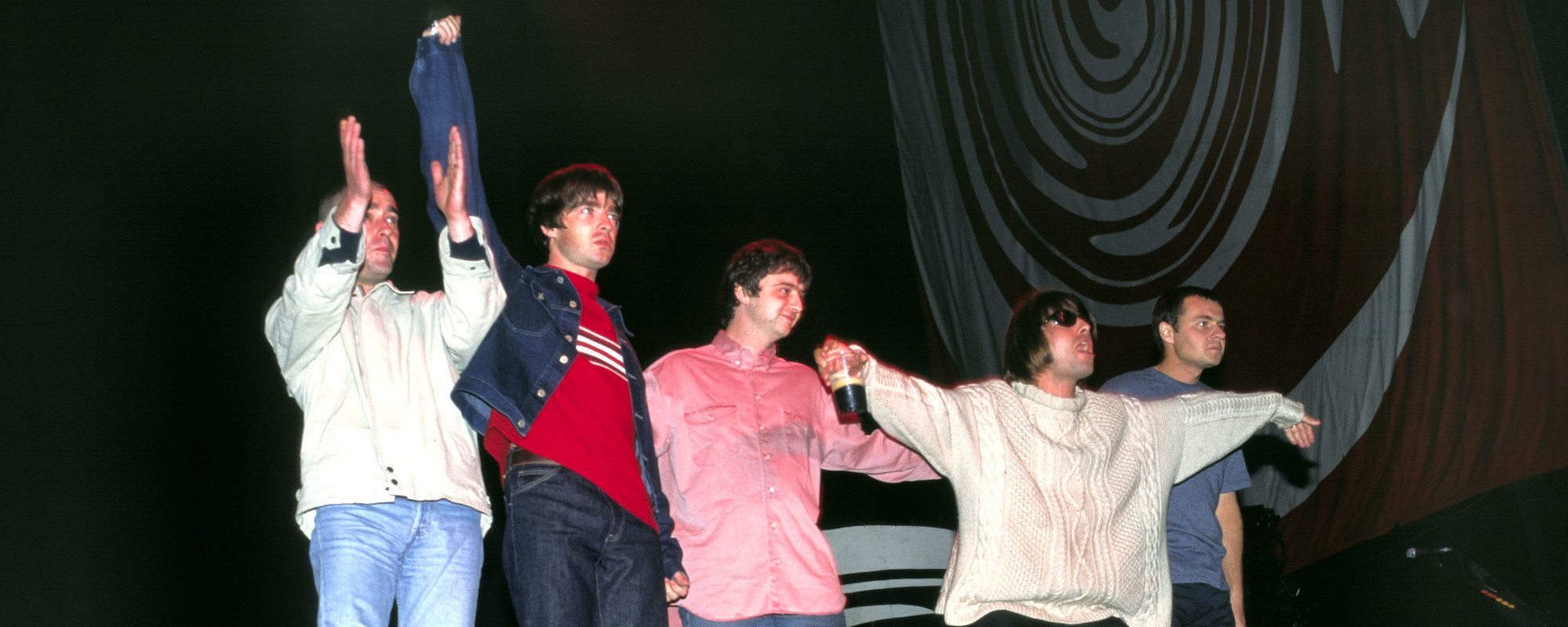


Leave a Reply
Only members can comment. Become a member. Already a member? Log in.